As we stand on the precipice of a technological renaissance, the landscape of artificial intelligence is shifting in ways we are only beginning to understand. The hidden coast of AI: what to expect by 2025 reveals a horizon brimming with possibilities, challenges, and ethical dilemmas. With advancements in machine learning, natural language processing, and automation surging ahead at an unprecedented pace, the next few years will shape not only the mechanics of how AI integrates into our lives but also the very fabric of society itself. This article delves into the uncharted waters of AI’s future—highlighting insights and predictions that will guide us through the complexities and transformative potential lying ahead. Join us as we explore the intricate pathways along this hidden coast and what they might mean for businesses, individuals, and global economies by the time we reach 2025.
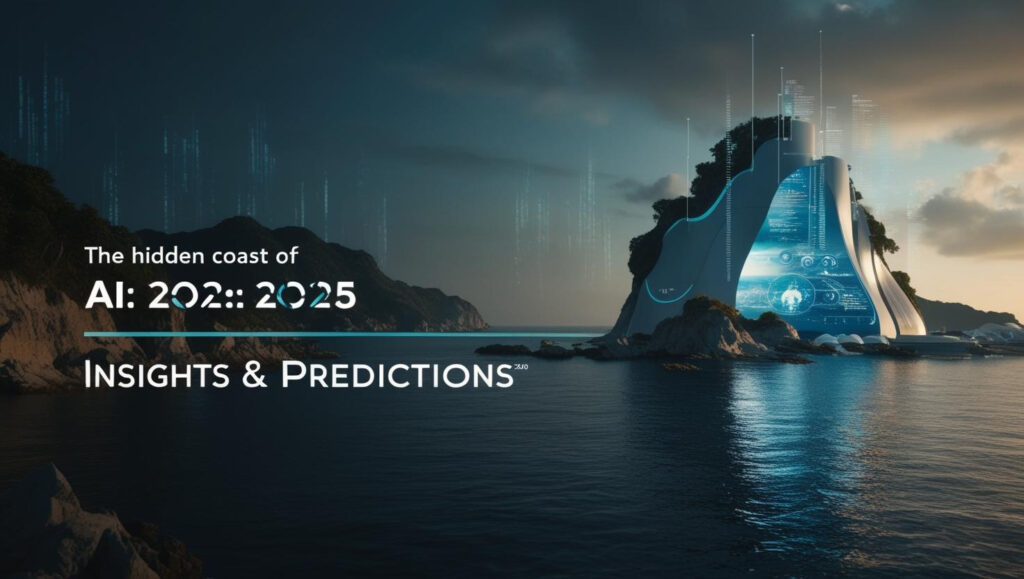
Unveiling the Future: AI Trends for 2025
, but society at large. The fusion of AI with other emergent technologies like quantum computing and biotechnology promises to unlock unprecedented capabilities. We can expect AI to permeate every aspect of our lives, from personalized healthcare solutions that tailor treatments to individual genetic profiles, to innovative educational tools that adapt learning styles to optimize student engagement and performance.
One of the most exciting trends anticipated by 2025 is the rise of ethical AI, built not just on algorithms, but also on principles of fairness, accountability, and transparency. Organizations will increasingly be held accountable for AI outcomes, leading to a paradigm shift in how AI systems are developed and implemented. This trend may also foster the growth of governance frameworks and regulatory measures that ensure responsible AI practices. As consumers become more aware of AI biases and privacy concerns, there will be a greater demand for technologies that are designed with ethical considerations from the ground up.
Additionally, the concept of decentralized AI, empowered by blockchain technology, may revolutionize data sharing and collaborative intelligence. This could democratize access to AI by allowing individuals and smaller entities to contribute to and benefit from pooled resources and insights, fostering innovation and reducing entry barriers that larger corporations often impose. Such advancements will likely lead to a more equitable digital ecosystem where diverse voices and ideas flourish, thereby enriching the tapestry of AI applications available to society.
In the pursuit of harnessing these innovations, the importance of interdisciplinary collaboration cannot be overstated. The melding of expertise from fields such as data science, sociology, and cognitive psychology will be crucial in addressing the multifaceted challenges posed by the rapid evolution of AI. As we navigate this hidden coast of AI, it is imperative to remain vigilant and proactive in our approach, ensuring that as we sail towards 2025, we do so with a commitment to creating holistic, inclusive, and beneficial AI solutions for all.
Unlocking the Potential: AI’s Hidden Treasures Revealed
As we stand on the brink of a new technological era, the hidden treasures of artificial intelligence (AI) are beginning to surface, revealing a wealth of opportunities that will transform industries and our daily lives. The hidden coast of AI is not just about automation; it encompasses advancements in areas such as healthcare, education, and environmental sustainability. By 2025, we can expect AI to significantly enhance decision-making processes, streamline operations, and provide personalized experiences in ways that have previously only been imagined.

One of the most promising areas for AI development is healthcare, where algorithms are poised to revolutionize patient care. With the ability to analyze vast amounts of data, AI can assist in diagnosis, predict outcomes, and even suggest tailored treatment plans specific to individual genetic makeups. This transformation not only has the potential to improve patient outcomes significantly but also to reduce costs associated with unnecessary tests and treatments. As we move closer to 2025, the integration of AI in healthcare will likely evolve into an indispensable tool for both practitioners and patients, democratizing access to quality medical care.
In the educational sector, the application of AI is set to redefine traditional learning methodologies. Personalized learning experiences, powered by AI algorithms, can adapt to each student’s learning pace and style, ensuring that no one is left behind. Moreover, AI can assist educators in identifying areas where students struggle, enabling targeted interventions that foster better academic performance. By 2025, we can anticipate a shift towards more inclusive and effective learning environments, driven by AI’s ability to cater to the unique needs of every student.
Finally, the environmental impact of AI cannot be overlooked. As we strive for sustainability, AI tools can play a crucial role in resource management and conservation efforts. From predicting climate trends to optimizing energy use in buildings, the potential is immense. The hidden coast of AI reveals its ability to help us tackle pressing global challenges, encouraging greener practices and inspiring innovation in sustainable technologies. By harnessing these hidden treasures, we not only improve our present but also pave the way for a healthier planet in the future, demonstrating that the true power of AI lies in its ability to shape a better world for all.
Charting the Course: What Lies Ahead for AI in 2025
As we venture deeper into the 2020s, the promise and potential of artificial intelligence continue to capture the imaginations of technologists, business leaders, and everyday users alike. The hidden coast of AI: what to expect by 2025 offers a glimpse into an evolving landscape driven by advancements in machine learning, natural language processing, and computer vision. As AI technology matures, the future will likely see an increased integration of intelligent systems across various sectors, reshaping the way we interact with technology and each other.
By 2025, we can anticipate the proliferation of AI in our daily lives, with smart applications that not only improve efficiency but also enhance user experience. Personalized AI assistants will become more adept at conversing in natural language, understanding individual preferences, and providing tailored suggestions. Industries such as healthcare, finance, and education are poised for significant transformations, leveraging AI to analyze vast amounts of data, predict outcomes, and deliver insights that shape decision-making processes. However, with great potential comes great responsibility; ethical considerations around data privacy and algorithmic bias will demand attention and proactive measures.
Moreover, the workforce is likely to undergo a paradigm shift as AI automates routine tasks, creating a demand for new skill sets while rendering some positions obsolete. This transition will necessitate an emphasis on reskilling and upskilling as organizations adapt to a new reality where human collaboration with AI systems becomes essential. As routine tasks are automated, professionals will find themselves focusing on higher-order cognitive skills, creativity, and emotional intelligence – qualities that machines are not equipped to replicate.
Ultimately, the journey toward 2025 will be shaped by how we choose to navigate the challenges and opportunities presented by AI. Striking a balance between innovation and ethical considerations will define the trajectory of AI development, unlocking its true potential while ensuring that its benefits are accessible to all. As we approach this pivotal moment, understanding the hidden coast of AI and embracing the changes on the horizon will be crucial in fostering a future where technology and humanity thrive together.
Decoding the Secrets: AI’s Evolution by 2025
The hidden coast of AI: what to expect by 2025 is an intriguing journey through the convergence of technology, society, and ethics. As we stand at the precipice of a new era, the evolution of artificial intelligence promises to reshape not only industries but also our daily lives. By 2025, we are likely to witness AI transitioning from a tool of convenience into a fundamental aspect of decision-making processes across a diverse array of sectors. From healthcare to finance, innovations driven by advanced algorithms and machine learning models will enable more nuanced predictions, personalizations, and efficiencies.
One of the most significant developments in AI will be the integration of ethical considerations into its design and deployment. As AI systems become more pervasive, concerns around bias, privacy, and accountability will demand solutions that are not only technological but also social. By 2025, the industry may see a shift towards more transparent AI systems, where explainability becomes a priority. Developers and companies will be tasked with ensuring their algorithms operate fairly and inclusively, paving the way for widespread trust in AI’s capabilities. This focus on ethics will catalyze regulatory frameworks aiming to protect users and establish standards for responsible AI deployment.
Moreover, the future landscape of AI cannot overlook the impact of human involvement in its progress. The collaboration between AI and human intelligence is poised to lead to remarkable outcomes, allowing for more creative problem-solving and innovation. By 2025, we may find that rather than replacing human jobs, AI will complement human skills, amplifying our capabilities and opening up new career opportunities that we cannot yet fully envision. Reskilling and upskilling will be critical as workers adapt to a world where their relationships with machines evolve.
Ultimately, as we decode the secrets of AI’s evolution by 2025, the journey will be as crucial as the destination. The advancements we will see in intelligent systems will challenge our perceptions of work, morality, and human potential. With the hidden coast of AI before us, we must navigate these uncharted waters thoughtfully, aiming for a future where humans and technology coexist harmoniously, enriching our lives and driving progress together.
Shaping Tomorrow: Anticipating AI’s Growth by 2025
As we move deeper into the 21st century, the landscape of artificial intelligence (AI) is transforming at an unprecedented pace. By 2025, AI is expected to shape industries more than ever, influencing everything from healthcare to finance, manufacturing to transportation. The hidden cost of AI: what to expect by 2025 is an essential question for businesses and individuals alike. While the potential benefits are immense, including increased efficiency and novel solutions to complex problems, it is crucial to consider the broader implications of these advancements. As economies grow increasingly reliant on AI technologies, the balance between innovation and ethics will become critical.
The integration of AI into the workforce is another area ripe for exploration. By 2025, we are likely to see a significant shift in job markets, as automation takes over routine tasks and enhances human capacities. However, this shift carries with it unique challenges—especially concerning the future of work. With millions of jobs possibly at risk, transitioning towards upskilling and reskilling will be essential to equip the workforce with necessary competencies. Organizations must proactively address these changes, not only to ensure economic stability but to maintain societal trust and harmony.
Moreover, as AI technologies evolve, privacy and security concerns will come to the forefront. By 2025, the hidden coast of AI might manifest in the form of data misuse, algorithmic biases, and ethical dilemmas surrounding surveillance. Policymakers, technologists, and advocates for privacy must work collaboratively to establish frameworks that ensure responsible AI deployment. This collaborative effort will not only safeguard individual rights but will also promote an environment in which AI can thrive without causing unforeseen harm.
Looking ahead, the possibilities are vast, but so too are the challenges. As we anticipate AI’s growth by 2025, stakeholders must approach this transformative journey with diligence and foresight. The hidden costs associated with AI will likely impact every facet of life, demanding careful navigation and thoughtful strategies. Embracing a future with AI requires a commitment to innovation, accountability, and ethical stewardship, ensuring that technological advancement serves humanity rather than hindering it.
The Future Unveiled: AI’s Hidden Coastlines by 2025
As we approach the midpoint of the decade, the landscape of artificial intelligence is evolving at an unprecedented pace, revealing nuances that many have yet to fully grasp. The hidden coast of AI: what to expect by 2025 is becoming increasingly clear, as advancements continue to reshape not just industries, but also the very fabric of everyday life. With developments in machine learning, natural language processing, and autonomous systems, we stand on the brink of an era where our interactions with technology will be more intuitive and seamless than ever before.
By 2025, we can anticipate a world where AI-driven tools will assist in not only optimizing productivity but also enhancing creativity. Industries such as healthcare, education, and entertainment will become fertile grounds for innovative applications of AI, allowing for more personalized experiences and improved outcomes. For instance, in healthcare, predictive analytics could lead to proactive patient care, reducing the burden on medical professionals while delivering highly tailored treatments. This transformative potential is what many experts see as a cornerstone for the future, fostering a landscape where AI and human capabilities work in concert.
Moreover, as AI continues to penetrate various sectors, ethical considerations and governance frameworks will become increasingly important. The hidden coast of AI isn’t solely about capabilities; it also encompasses the moral responsibility that comes with these advancements. By 2025, we expect to see more robust discussions and regulations regarding data privacy, algorithmic bias, and the societal implications of widespread automation. This dialogue will not only shape how AI technologies are developed but will also influence public trust and acceptance. In navigating these complexities, we are likely to witness a balancing act between technological innovation and ethical stewardship.
Ultimately, the future of AI promises to unveil astonishing possibilities, but it also presents challenges that we must collectively address. As we look toward 2025, the hidden coast of AI invites us to explore not just what these advancements mean for industries and economies, but also how they will influence our daily lives and values as a society. Embracing this journey requires both curiosity and caution, ensuring that as we harness the power of artificial intelligence, we remain vigilant stewards of its potential.

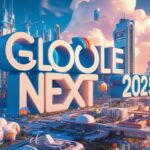




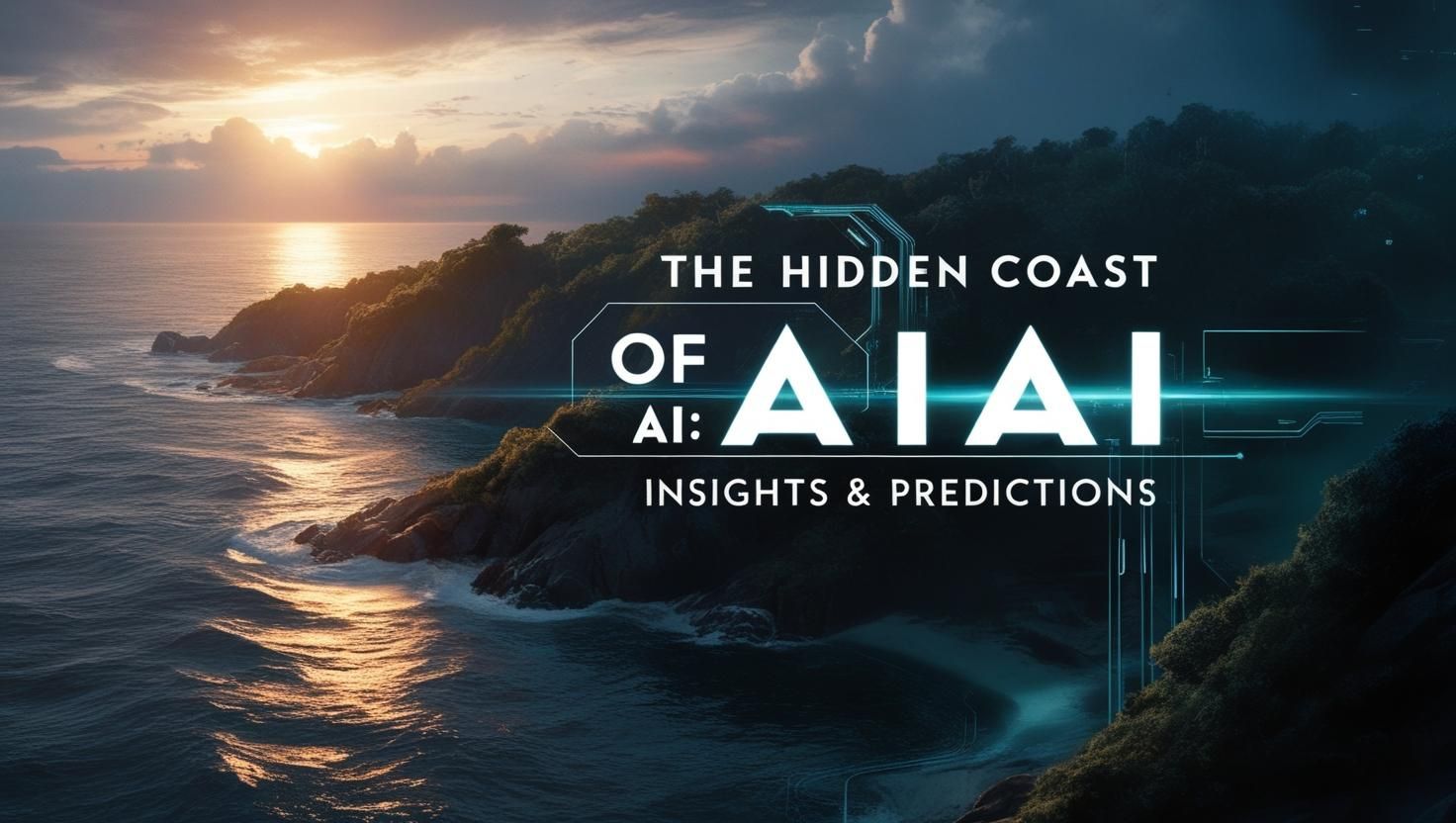
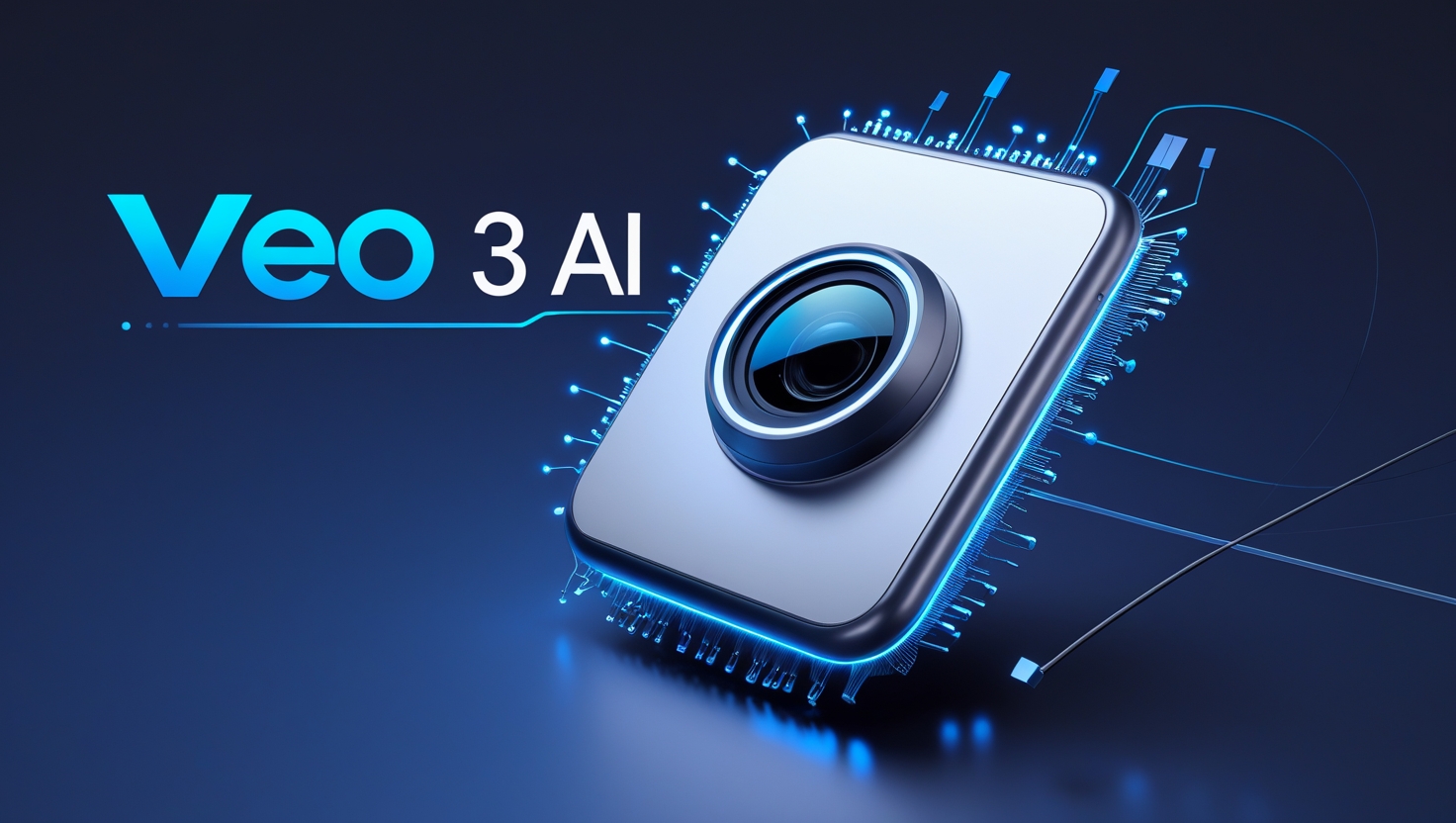
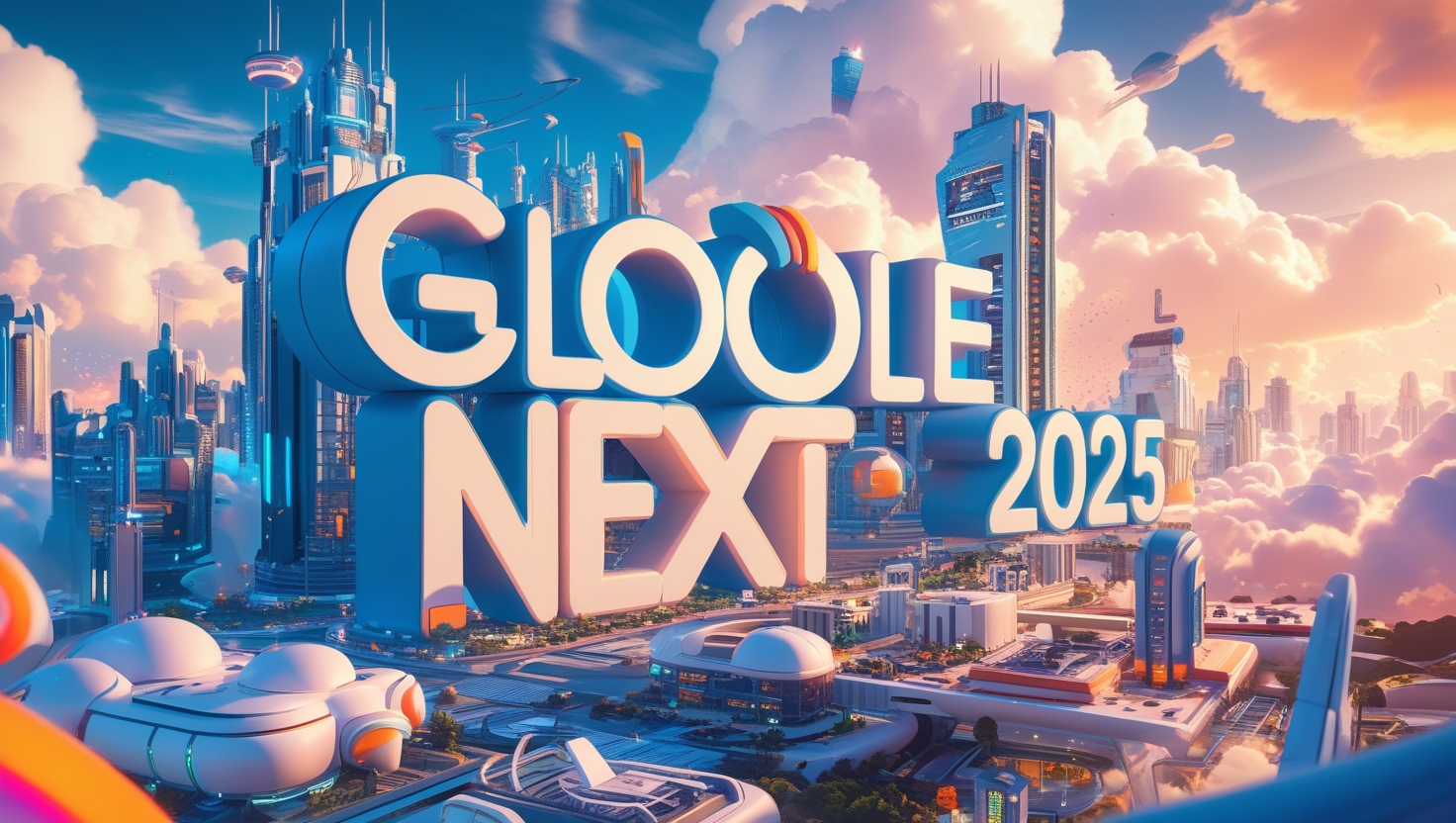


One thought on “The Hidden Coast of AI: 2025 Insights & Predictions”